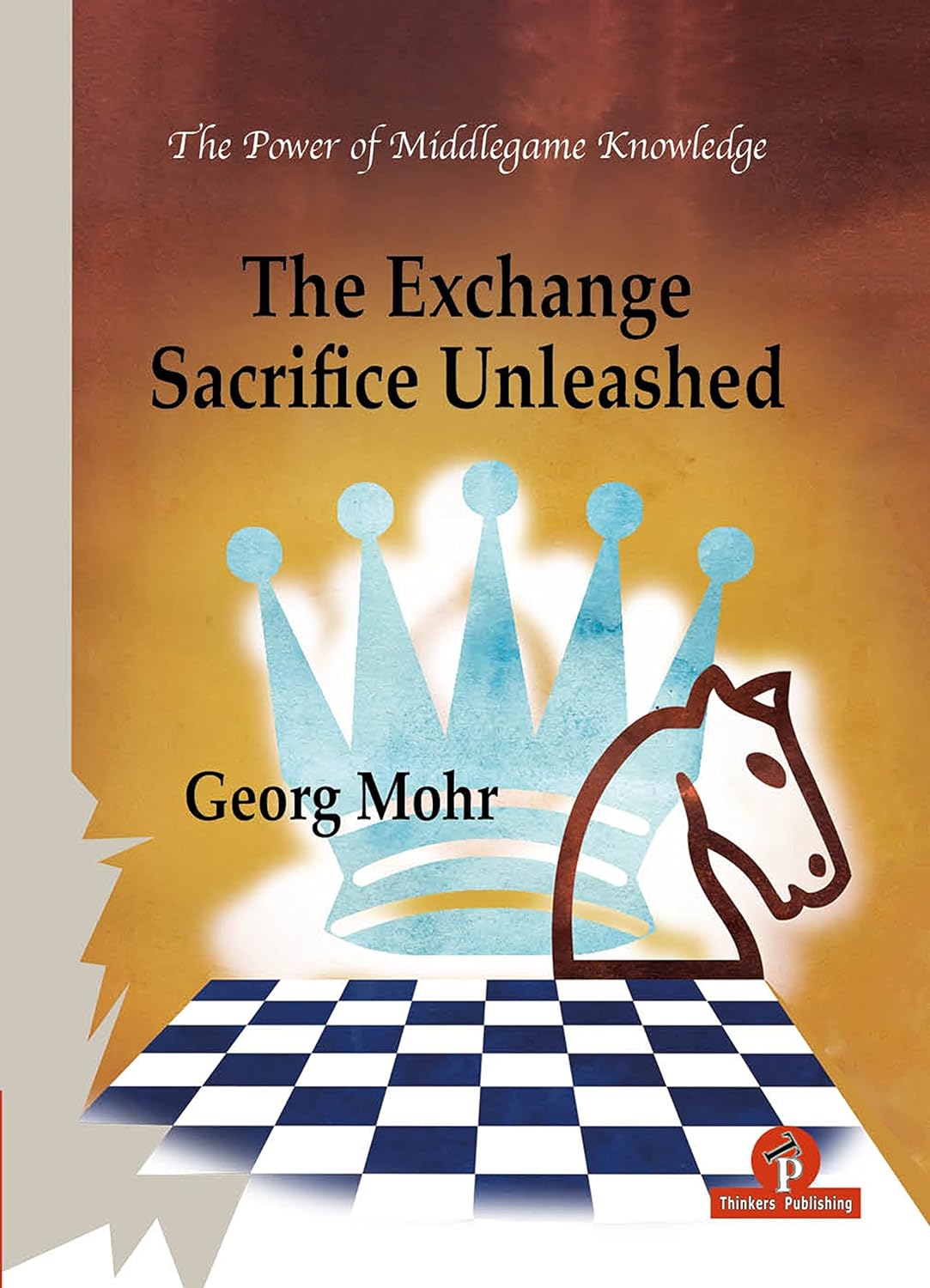From the Publisher, Thinkers Publishing:
“The book you have just started reading is about a very interesting and difficult concept: the exchange sacrifice. This is the moment in chess when basic mathematics breaks down, the moment when 3 counts equal to or even more than 5. So let us leave the mathematics aside and try to figure out why this simple calculation is so difficult to understand.
The answer is largely hidden in psychology, as the ninth World Champion, Tigran Petrosian, has often told us, as the man who brought this strategic-tactical chess concept to its first peak. Chess beginners were taught the value of pieces by their teachers (parents, grandparents, perhaps at school or even later in the beginners’ sections of chess clubs).
We explain the difference between piece values to children in the simplest way possible, with the help of a unit of measurement, and in chess those units are the pawns. They tell us that a rook is worth five pawns (units) and a knight and a bishop are worth about three each. They also tell us to always be careful, especially during exchanges, to ensure we take at least as much from our opponent as he or she took from us. So, one rook at a time, perhaps for a bishop and a knight next to two pawns. This “chess thinking” is done quickly and very strongly subconsciously in most, one could even say all. Therefore, when choosing moves, we will automatically reject unfavorable exchanges. But who trades a queen for a knight, a bishop for a pawn, and the like? We know from our own life experience that it is better to have ten coins in our pocket than three, and I prefer three to one!
This psychological barrier is the most difficult step in making the decision to sacrifice. And so it is with the sacrifice of an exchange. Five for three, that is! Even five for four, if we get a pawn for the rook along with the knight or the bishop. “I am not stupid,” you think. The Exchange Sacrifice Unleashed brings different games or coaches try to explain this and that to us, we see that a material advantage is not always something to celebrate about.”
About the Author:
“Georg Mohr was born in Maribor, Slovenia in 1965 becoming a Grandmaster in 1997. He joined as a member of the FIDE Trainers Commission from 2002, becoming a FIDE Senior Trainer in 2004 and a FIDE International Organizer in 2011. Georg has been a professional chess trainer for many years. He was coach and captain of Slovenian national team from 2003 – 2010 and since 2011 he has been Turkish national youth trainer. He is a chess writer and was editor of Slovenian chess magazine Šahovska Misel from 1999 and editor of Fide Trainers Commission trainers’ surveys. He is also an organiser of chess events acting as tournament director of the European Club Cup (Rogaška Slatina 2011), the World Youth Championship (Maribor 2012) and the World Senior Championship (Bled 2018). This is his third book for ‘Thinkers Publishing’.”

This is the third title from Georg Mohr that we have reviewed. Previously we have examined: Understanding Maroczy Structures and Forgotten Genius – The Life and Games of Grandmaster Albin Planinc.
This interesting book has seven chapters:
Chapter 1 – The Exchange Sacrifice for the Attack
Chapter 2 – Defence!
Chapter 3 – Ending
Chapter 4 – Exchange Sacrifice in the Opening
Chapter 5 – Critical Squares
Chapter 6 – The Positional Exchange Sacrifice
Chapter 7 – World Champions and the Exchange Sacrifice
Chapter 1 is divided into seven themed subsections, each with plenty of entertaining and didactic examples of exchange sacrifices for the attack.
Here is a splendid finish from the “King in the centre” segment:
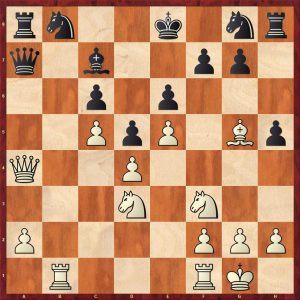
Karpov, who was crowned World Champion, in 1975, had played a rather inept French Defence, Winawer variation. The great theoretician, Efim Geller finished him off neatly with a exchange sacrifice removing a key defender:
21.Rxb8+! Qxb8 (21…Bxb8?? 22.Qxc6+ wins quickly) 22.Qxc6+ Kf8 23.Nf4 Ra7 24.Nh4 (The knights close in to stomp on Black) 24… Qe8?! (Allowing a lovely combination)

25.Qxe6! (winning) fxe6 26. Nhg6+ Qxg6 27.Nxg6+ Ke8 28.Nxh8 Ra4 29.Rd1 Ne7 30.Bxe7 Kxe7 31.Ng6+ Kf7 32.Nf4 Bxe5 33.dxe5 Rf4 34.Rc1! (getting the rook behind the passed pawn and Karpov soon resigned)
Here is a very famous defensive exchange sacrifice from Chapter 2.
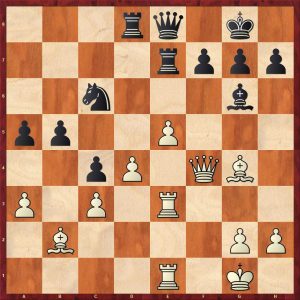
Black, Petrosian is some trouble as White dominates the centre, has more space and good attacking chances on the kingside with h4, h5 etc.
Black played 25…Re6! If White takes the exchange straightaway with 26.Bxe6 fxe6, he cannot prevent Black’s knight moving to d5, a possible continuation is 27.Rf3 Ne7 28.Bc1 Nd5 29.Qg3 Rc8 30.Bd2 b4! reaching this position:
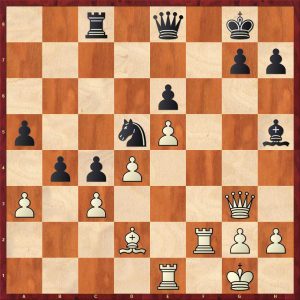
Black has plenty of play with very active pieces and White’s rooks defensively placed. This is a Petrosian blockade at its best. Modern analysis suggests 26.h4! as best.
The game continued 26.a4 Ne7! 27.Bxe6 fxe6 reaching this celebrated position:
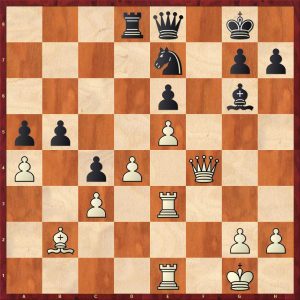
Black is almost equal, Reshevsky bailed out with a draw on move 41.
Chapter 3 is an excellent chapter about exchange sacrifices in the ending.
Here is an instructive position with a pawn up in a rook and opposite colour bishop ending:
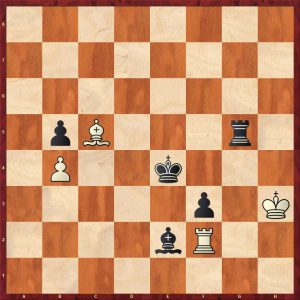
White has just played 79.Kh3 and at first glance appears to be holding. Black played 79…Rxc5! 80.bxc5 Kd5 winning another pawn: the passive rook dooms White and Black won by pushing the b-pawn supported by the king.
A famous Fischer finish is very instructive:
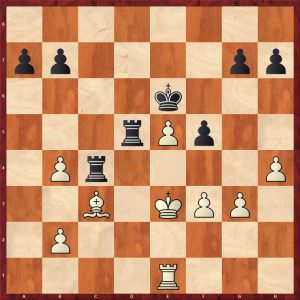
White has just played 30.Re1? which Fischer ruthlessly exploited with a neat simplification:
30…Rxc3+! 31.bxc3 Rxe5+ 32.Kd2 Rxe1 33.Kxe1 Kd5 34.Kd2 Kc4 35.h5 b6! creating an outside passed pawn which won easily:
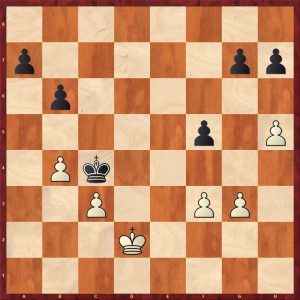
Chapter 4 covers some exchange sacrifices in the opening. I shall give two examples, one of which I fell into as a junior player:
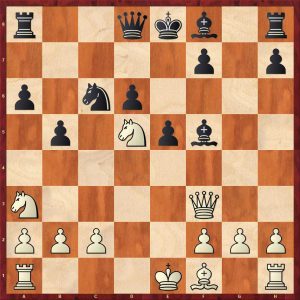
White has just played 13.Qf3? winning material which was met with the excellent 13…Nd4! 14.Nc7+ Qxc7 15.Qxa8+ Ke7 with a nasty threat of b4! 16.c3 b4! 17cxb4 Qb6 18.Bxa6 Qb4 19.Kf1
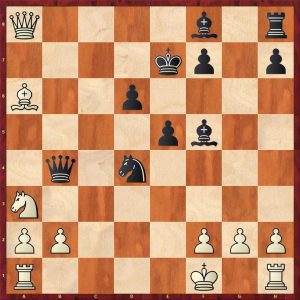
Now, the engine gives 19…Bh6! which wins prettily. The game continued with the tempting 19…Qd2 20.h3 (20.h4! limits White disadvantage, 20.Re1?? is a gross blunder as played by the reviewer, losing to 20…Bd3+ followed by a smothered mate) 20…Bd3+ 21.Bxd3 Qxd3+ 22. Kg1 Bh6! 23. Qb7 (23.Qxh8 Ne2+ 24.Kf1 Ng3+ 25.Kg1 Bf4! winning)23…Kf6 and Black won
There is a special section on some Gruenfeld exchange sacrifices:
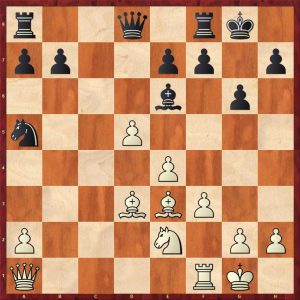

Buy the book to see a couple of exciting Gruenfeld games.
There are of course, plenty of Sicilian Rxc3 examples which is the most famous and important exchange sacrifice. Here is an example from the Dragon Variation in an old variation which is rare nowadays:
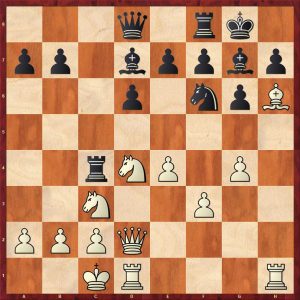
White’s attack looks powerful, but the well-known sequence starting with 16…Nxe4! leads to equality which modern engines confirm. 17.Qe3! Rxc3! removing the key attacker 18.bxc3 Nf6! Although Kasparov won, Black’s opening was a success.
A pretty example from a Sicilian Paulsen is given showing an offering for black square domination:
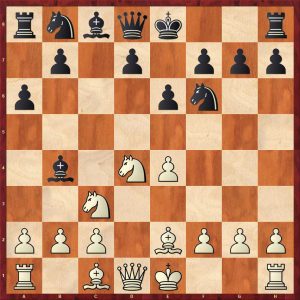
Black has just played the risky 6…Bb4 against one of the best theoreticians
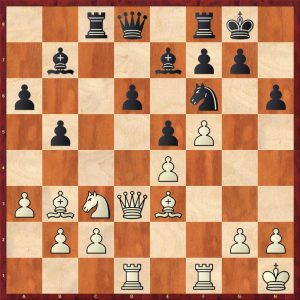
which is ruthlessly punished: 7.e5! Nd5 8.0-0! Nxc3 9.bxc3 Bxc3 10.Ba3!
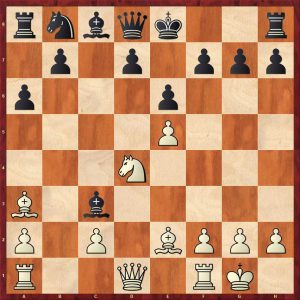
Throwing in an exchange as well, Black is now in real trouble as his king is trapped in the with a weak colour complex on the black squares.
Chapter 5 Critical Squares has plenty of traditional Sicilian exchange sacrifices on c3.
Here is an example from the Sicilian Defence, Sozin Variation:

Black played the natural 16…Rxc3! and won a nice game. The reviewer has played Rxc3 is a very similar position and also won a good game.
Chapter 6 – The Positional Exchange Sacrifice is really the heart of the book with 22 themes.
Here is a good example from the Exchange sacrifice to dominate the black squares section:

Adams has played a rather insipid Classical Variation against the Dragon. Black played 17…Rxd4! 18.Rxd4 Rb8! (activating the black rook, also preventing white from playing Rb4) 19.f4?! (19.Rb1 with equality according to the engines, but black is having all the fun) 19…exf3 20.Bxf3 Bxe5 and Black won a lovely game.
The final chapter shows many didactic examples from the World Champions.
I would suggest that the book is aimed at 1750+ players. The book is well produced in an easy to read style with plenty of diagrams and themes to learn from.
However, there are more than a few typographical errors/grammatical errors and the reviewer has spotted an incorrect diagram at the top of page 31. Although this does not detract from the many merits of the book, perhaps future publications should address this.
FM Richard Webb, Basingstoke, Hampshire, 10th May 2024

Book Details :
- Hardcover : 496 pages
- Publisher:Thinkers Publishing; 1st edition (20 Jun. 2023)
- Language: English
- ISBN-10: 946420186X
- ISBN-13: 978-9464201864
- Product Dimensions: 17.78 x 3.81 x 24.77 cm
Official web site of Thinkers Publishing
